Your Skin Is Fried. Here’s An Esthetician’s Rescue Plan.
After years of working with clients in sunny, coastal cities, I’ve seen it all. There’s that incredible, blissed-out feeling you get from a day spent by the ocean, but there’s also the aftermath I’ve treated in my studio a thousand times over: skin that feels tight, looks angry red, and is just screaming for moisture.
In this article
Most people just grab the nearest bottle of neon green aloe vera gel and call it a day. But honestly, your skin needs more than that. The approach I swear by is a step-by-step protocol I’ve perfected over my career, designed to fix what’s really going on under the surface. This isn’t just about calming a temporary sunburn; it’s about heading off long-term damage and rebuilding your skin’s health from the ground up.
So, What Actually Happened to Your Skin?
To fix the problem, you first have to respect what your skin just endured. A beach day is basically a triple-threat assault on its defenses. It’s a perfect storm of sun, salt, and wind.

More Than Just a Sunburn
The sun’s UV rays are the main culprit, of course. UVB rays are what cause that immediate redness and damage the very top layers of your skin. But the sneaky ones are the UVA rays, which go deeper to break down your collagen and elastin—the stuff that keeps your skin firm and plump. This combo is what leads to premature aging and other serious risks. That hot, red feeling? That’s your body rushing blood to the area to start a frantic repair process.
The Ultimate Dehydration Cocktail
The sun and wind work together like a giant hairdryer, sucking moisture right out of your skin through a process called Transepidermal Water Loss (TEWL). To make matters worse, the salt from the ocean literally pulls water out of your skin cells. This tag team completely wrecks your skin’s moisture barrier—the protective layer of lipids (fats) that’s supposed to keep water in and irritants out. Think of it like a brick wall: your skin cells are the bricks, and the lipids are the mortar. The sun and salt just dissolved all your mortar.
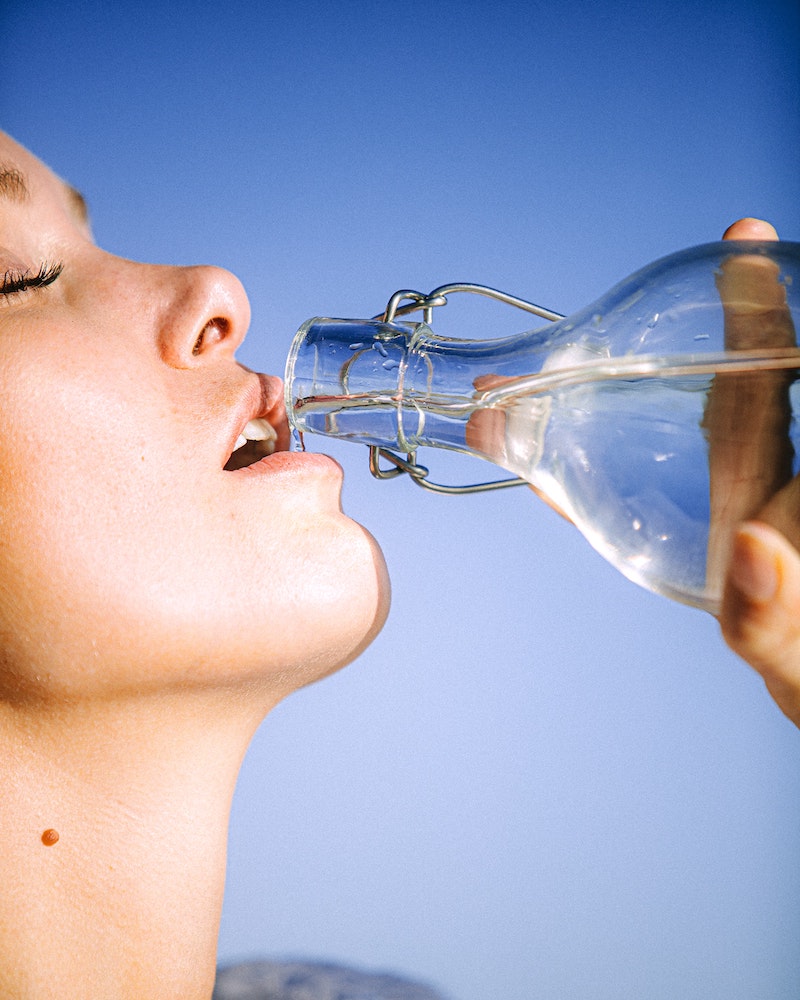
Sandpaper-Like Abrasion
Oh yeah, and the sand. While a little exfoliation can be nice, sharp sand crystals can create tiny micro-tears all over your already-weakened skin. This just rolls out the welcome mat for irritation and bacteria.
Understanding these three things is everything. The entire rescue plan is built to tackle each one in a very specific order.
The First 60 Minutes Home: Damage Control
What you do in the first hour after walking in the door is absolutely critical. Your skin is on fire, literally, and the goal is to cool it down and clean it up without making things worse.
Step 1: The Tepid, Not-Quite-Cold Shower
I know the urge to jump into an ice-cold shower is strong, but please don’t. A sudden, extreme cold blast can shock your system and might actually slow down the healing response. Instead, go for a cool or tepid shower, just below body temperature. Let the water run over your skin for a good 10 minutes to gently rinse away all that dried salt, sand, and sunscreen residue.
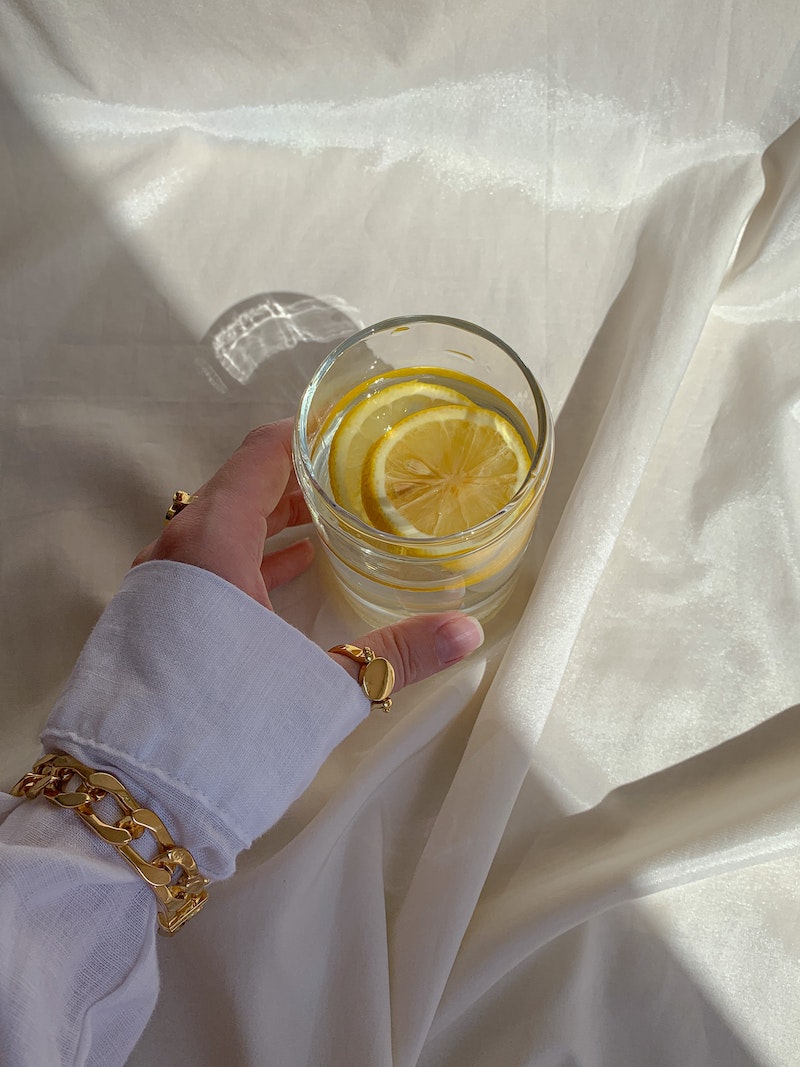
Step 2: The Pro-Level Double Cleanse
Mineral sunscreens (the ones with zinc oxide) are amazing for protection, but they are a nightmare to get off completely. If you leave any behind, it can clog your pores and block all the good stuff you’re about to put on. This is why I always insist on a two-step cleanse, even for your body.
- First, an Oil Cleanse: Grab a cleansing oil or balm and apply it to your dry skin. The oil will melt down the oils in your sunscreen. Massage it gently—no scrubbing!—all over your face and body. A great drugstore option is the Palmer’s Cocoa Butter Formula Skin Therapy Cleansing Oil, which is usually around $8-$10.
- Second, a Gentle Cleanse: After rinsing off the oil, follow up with a mild, non-foaming, pH-balanced cleanser. Look for creamy formulas with soothing ingredients. Avoid anything with sulfates (SLS/SLES) that will strip your skin. La Roche-Posay’s Toleriane Hydrating Gentle Cleanser is a fantastic choice. Pat your skin mostly dry with a clean, soft towel. Don’t rub!
A quick story from my practice: I once had a client who, after a day on the boat, scrubbed her sun-exposed skin raw with a harsh foaming soap and a loofah. She ended up with terrible irritation and dark spots that took us months to fix. Gentleness is not optional here; it’s the whole point.
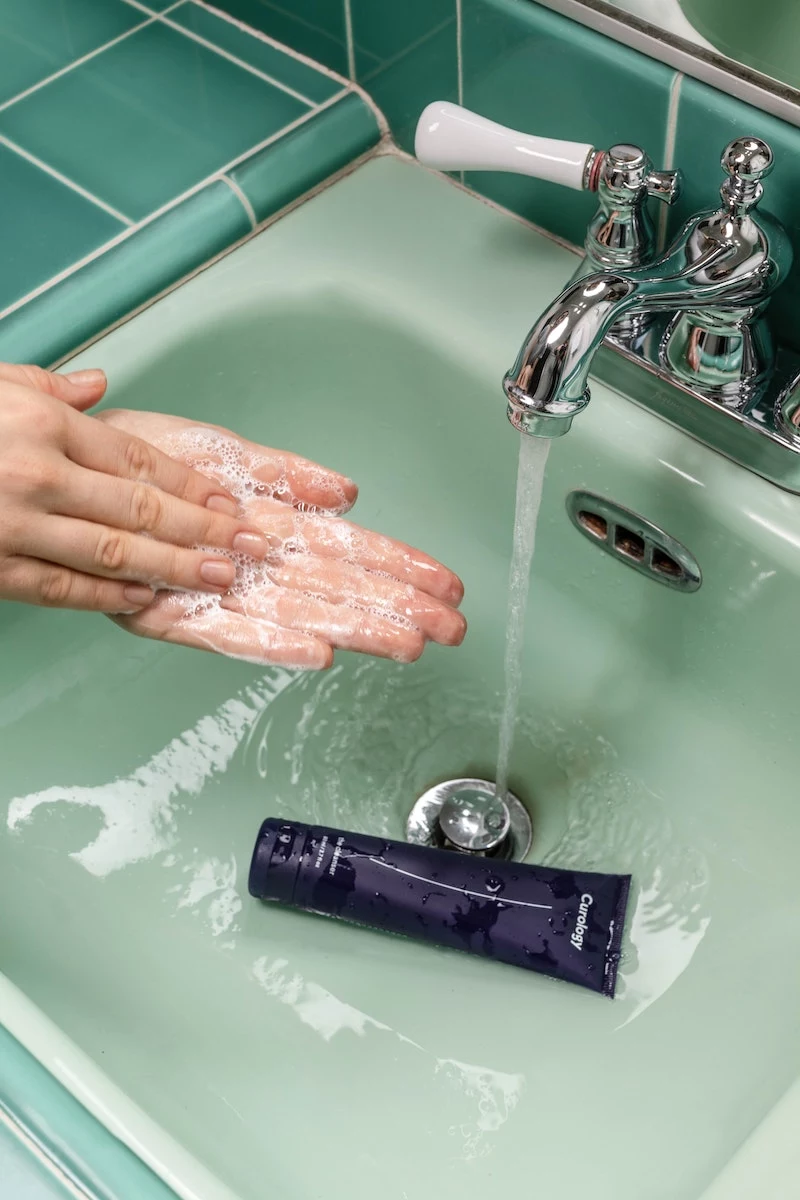
The 24-Hour Repair Mission: Rehydrate and Calm
Okay, your skin is clean and cool. The next 24 hours are all about layering on hydration and calming inflammation. But first, a very important list of what NOT to do.
Heads Up! Avoid These for the Next 72 Hours
Using any of these on sun-stressed skin is like pouring gasoline on a fire. It’s a non-negotiable pause. You will only cause more damage and delay healing.
- All Exfoliants: No scrubs, no brushes, and absolutely no chemical exfoliants like glycolic acid (AHA) or salicylic acid (BHA).
- Retinoids: Stop all forms of Vitamin A (retinol, tretinoin, etc.). They speed up cell turnover, which is way too aggressive right now.
- Potent Vitamin C Serums: While it’s a great antioxidant, the most common form (L-Ascorbic Acid) is very acidic and will sting like crazy on compromised skin.
- Fragrance and Essential Oils: These are notorious for causing reactions on vulnerable skin. Go fragrance-free for a few days.
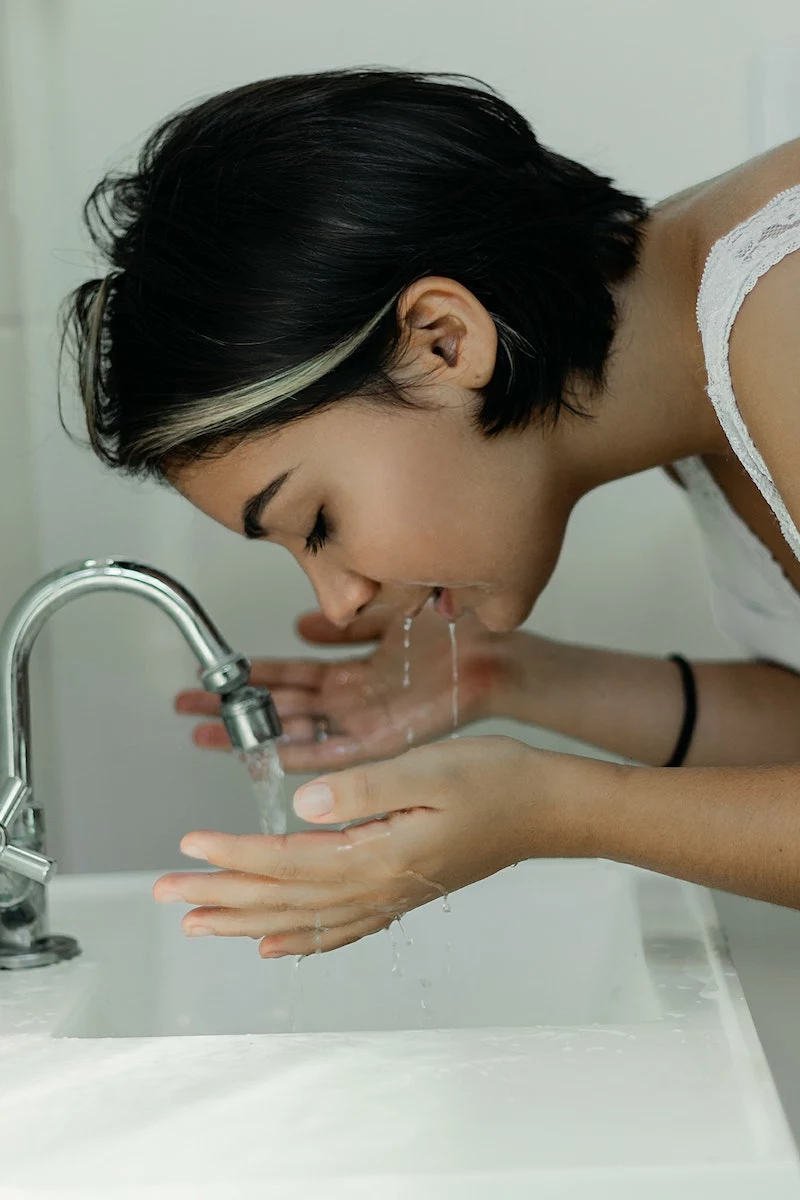
The Art of Hydration Layering
Here’s the secret: products absorb way better on slightly damp skin. We’re going to create thin layers of moisture that get locked in for lasting repair.
Layer 1: The Calming Mist. While your skin is still a bit damp from the shower, douse it in a soothing mist. A simple thermal spring water spray is perfect. Avene Thermal Spring Water is a classic for a reason and costs about $14. If you’re dealing with a lot of redness and irritation, a mist with hypochlorous acid is a game-changer because it calms skin and fights bacteria. The Tower 28 SOS Daily Rescue Facial Spray (~$28) is a cult favorite for this.
Layer 2: The Humectant Serum. Before the mist dries, apply a serum packed with humectants—ingredients that pull water into the skin. You don’t need to spend a fortune here. The Ordinary’s Hyaluronic Acid 2% + B5 serum is a powerhouse that costs less than $10. Look for ingredients like Hyaluronic Acid, Panthenol (Pro-Vitamin B5), and Glycerin. Apply a generous layer to your face, neck, and chest. Don’t be stingy.
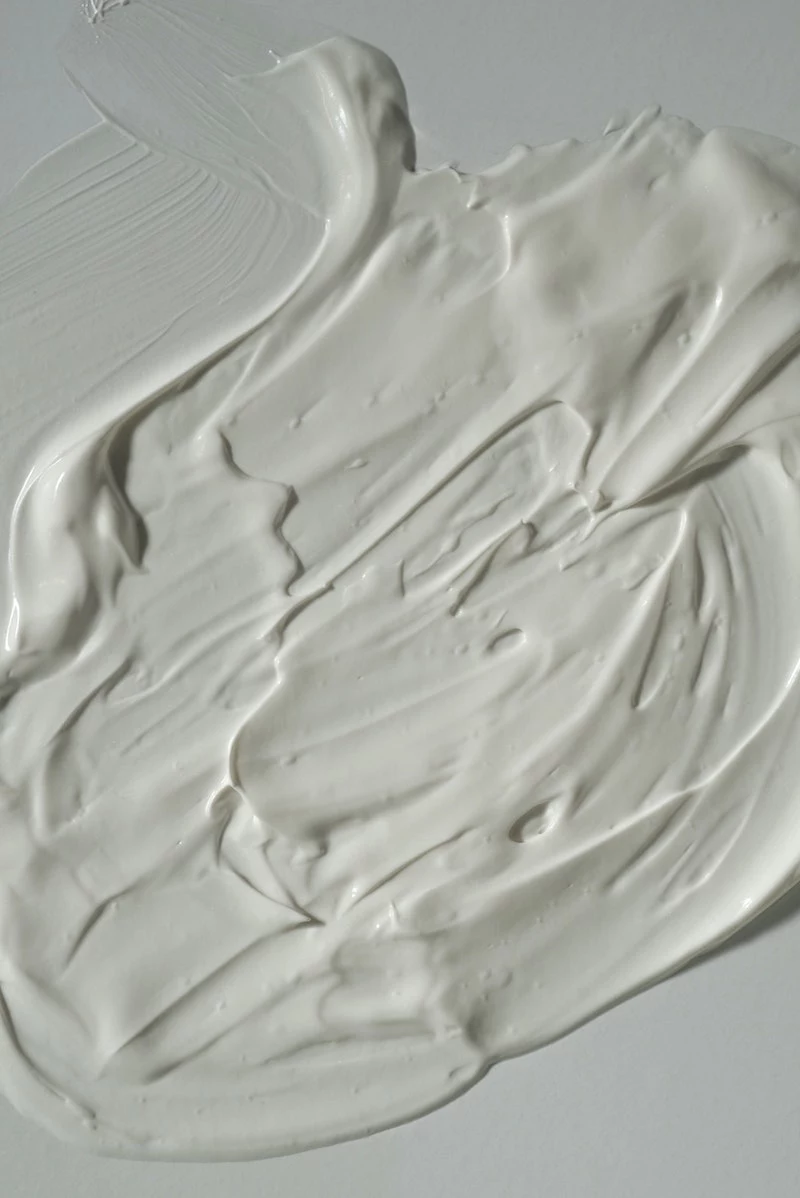
Layer 3: The Barrier Repair Moisturizer. This is your hero product. You need a cream that doesn’t just add water, but actually provides the building blocks to repair that “mortar” in your skin barrier. Look for ingredients like ceramides, cholesterol, and fatty acids. For intense, targeted repair on the face, La Roche-Posay Cicaplast Baume B5 is an incredible, thick paste-like balm that works miracles (around $16). For a more affordable, all-over option for face and body, you cannot beat the classic CeraVe Moisturizing Cream that comes in a big tub for about $17.
Don’t Forget the Rest of You!
It’s easy to focus on your face, but your shoulders, back, and legs are probably screaming for help, too. Apply the same principles: use a gentle, non-foaming body wash and, while your skin is still damp, slather on a thick, fragrance-free body cream. A big tub of CeraVe or Vanicream Moisturizing Cream is perfect and budget-friendly for this.

Oh, and by the way… your lips and hair also took a beating. A thick, lanolin-based balm is your best friend for chapped, sunburnt lips. And a few days later, treat your dry, crunchy hair to a deep conditioning mask to restore moisture.
Esthetician’s Pro Tip: Keep your thermal water mist and hyaluronic acid serum in the fridge. Applying them cold feels absolutely incredible on hot, angry skin and gives you an extra anti-inflammatory boost. Trust me on this one.
Your Post-Beach Shopping List & Game Plan
Feeling overwhelmed? Don’t be. Here’s a simple list you can screenshot for your next trip to Target or the drugstore.
- Gentle Oil Cleanser
- Creamy, Sulfate-Free Face Wash
- Soothing Facial Mist (Thermal Water or Hypochlorous Acid)
- Hydrating Serum (Hyaluronic Acid/Panthenol)
- Barrier Repair Cream (with Ceramides)
The Routine: Repeat the mist-serum-moisturizer layering process morning and night for at least the next 2-3 days, or until your skin no longer feels tight and irritated. Be patient!
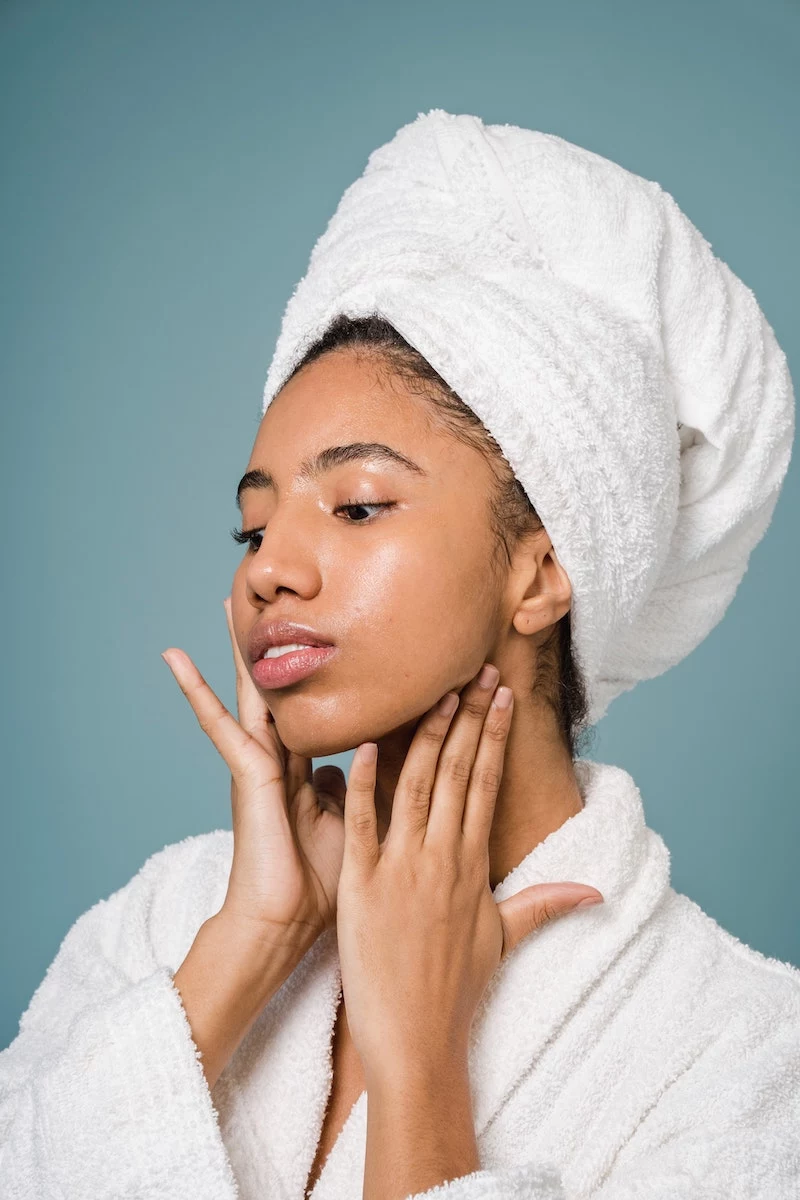
When to See a Doctor
This routine is for typical overexposure, not a serious burn. You need to seek professional medical advice if you have any of the following:
- Widespread blistering or large, painful blisters
- Chills, fever, or a headache
- Signs of dehydration, like dizziness or confusion
Listen to your body. DIY repair is fantastic, but it’s important to know your limits and when you need a doctor’s help.
Inspirational Gallery
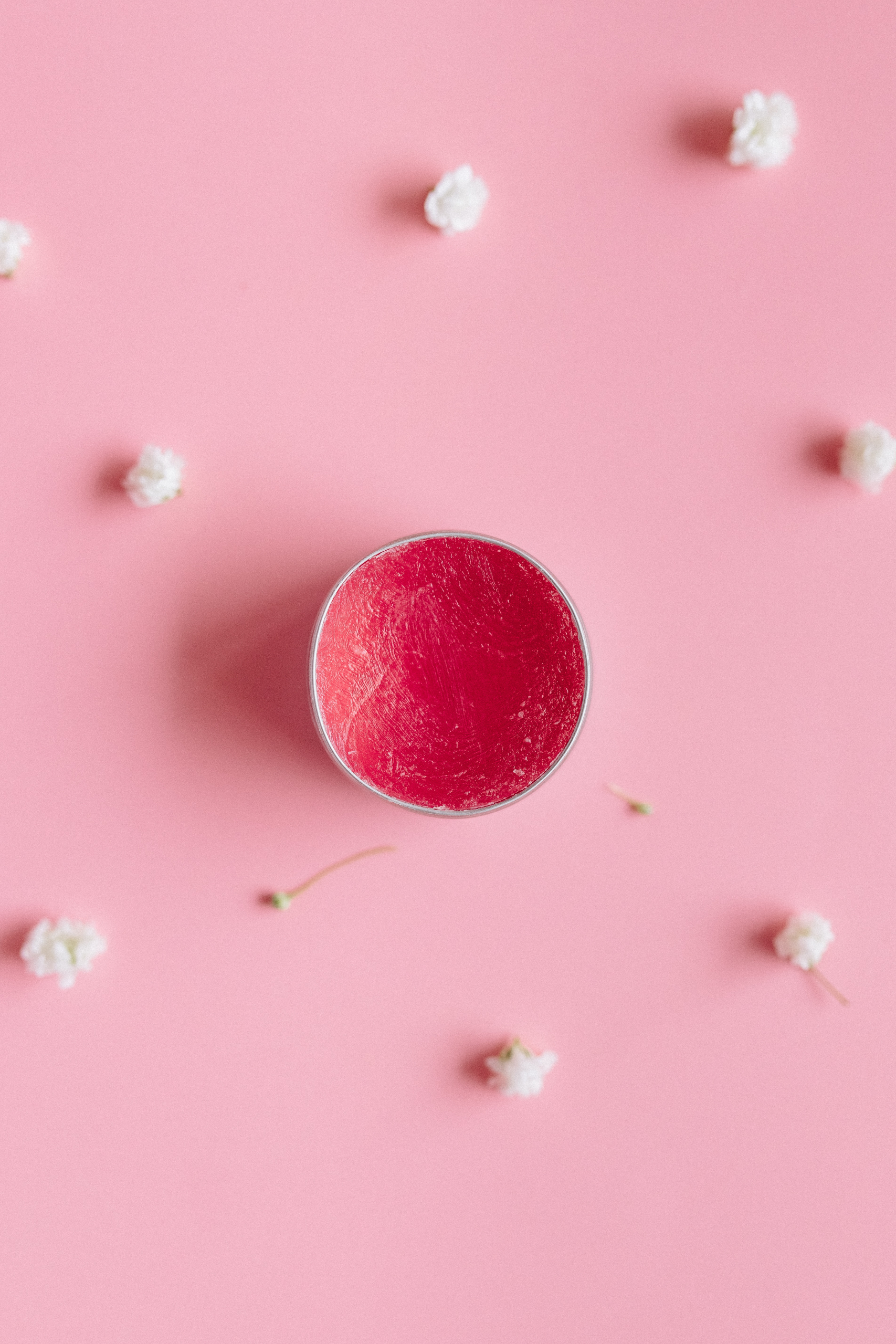
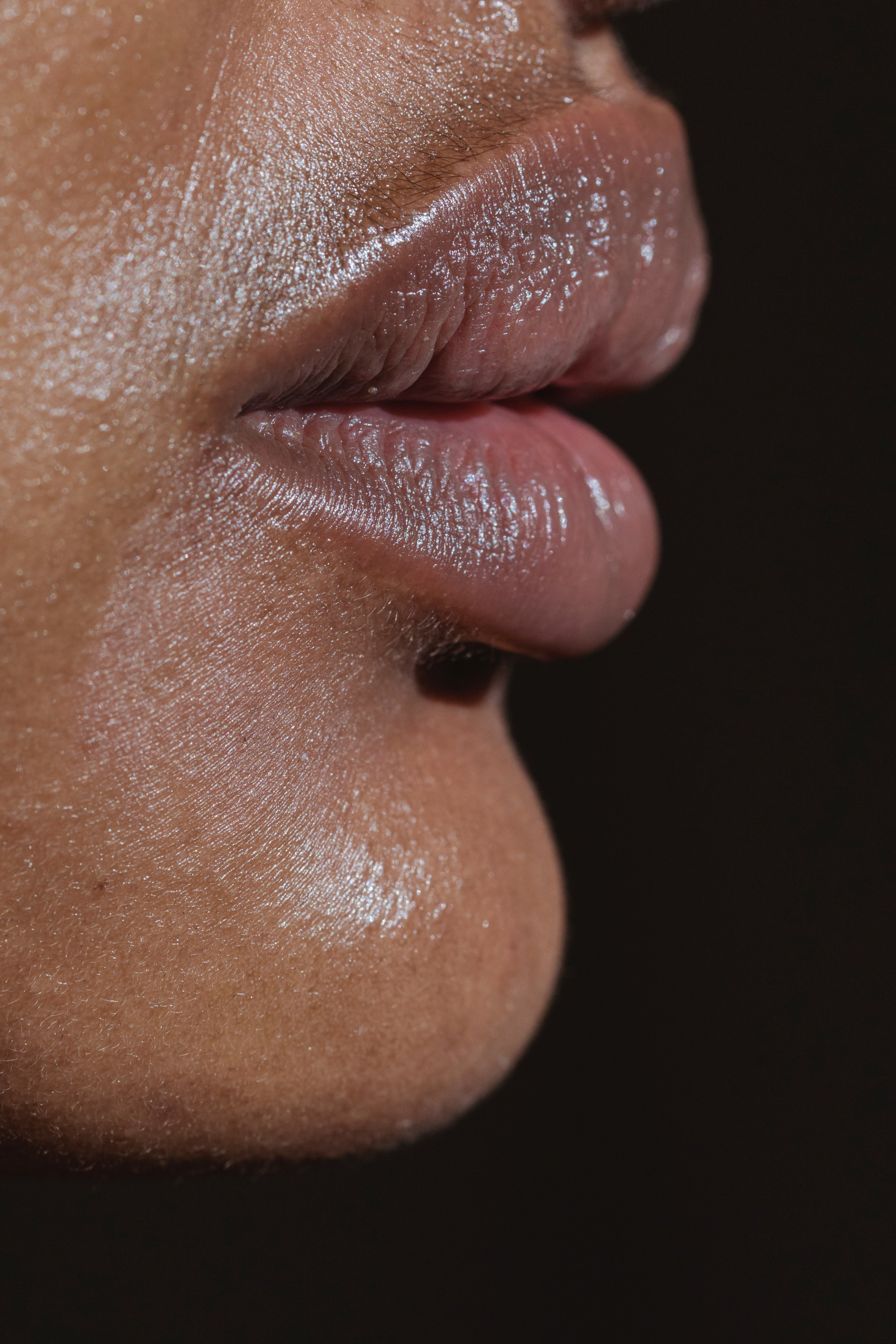
Traditional Aloe Vera Gel: Often contains alcohol, which can further dry out and irritate compromised skin. It provides temporary cooling but little long-term barrier repair.
Modern After-Sun Lotion: Look for formulas like La Roche-Posay’s Posthelios Melt-in Gel. It combines soothing thermal spring water with lipids and niacinamide to actively rebuild your skin’s damaged moisture barrier, not just cool it down.
The choice is clear: feed your skin the ingredients it needs to truly heal.
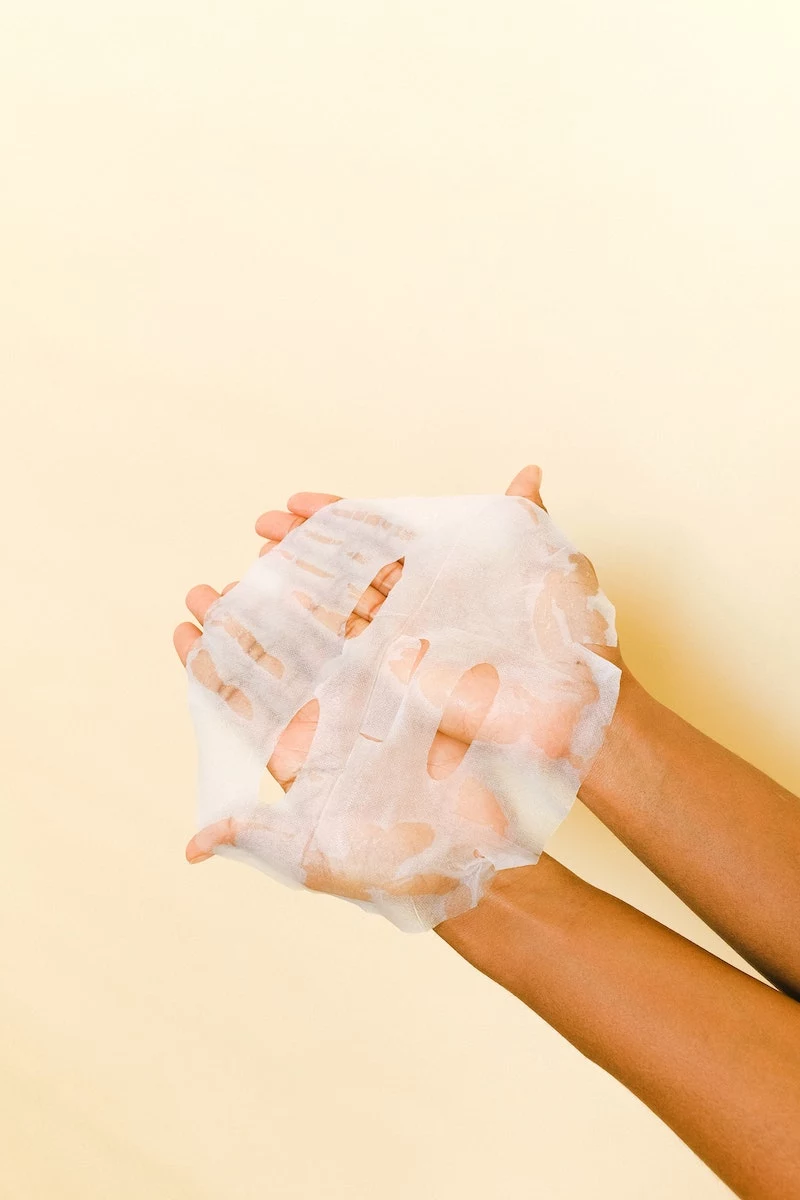
- Centella Asiatica (Cica): A botanical hero for calming intense redness and inflammation.
- Panthenol (Vitamin B5): A powerful humectant that draws moisture deep into the skin’s layers.
- Ceramides: The literal “mortar” for your skin barrier, helping to patch up cracks and lock in hydration.
- Niacinamide: An all-star that reduces inflammation and helps restore cellular energy for faster repair.
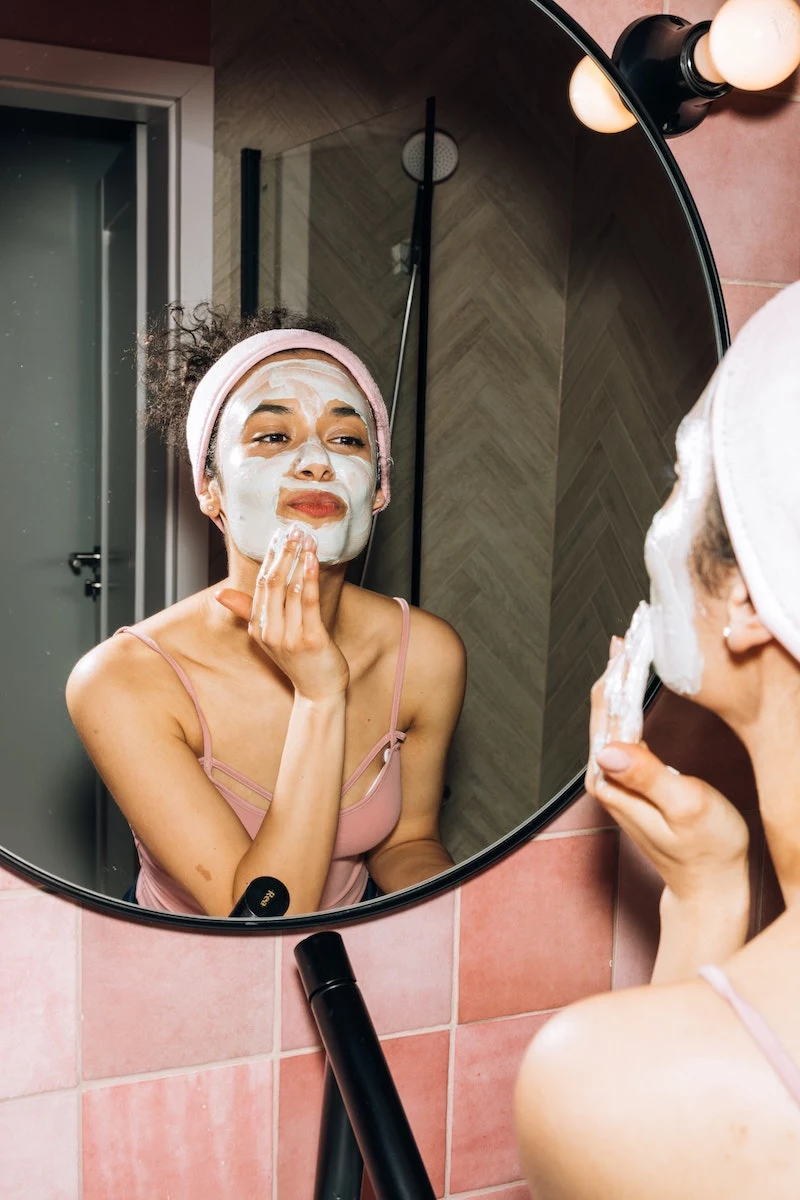
The skin on your lips is among the thinnest on your body and has no oil glands of its own, making it extremely vulnerable to sun and wind.
This is why lips can feel chapped, swollen, and painful after a day outdoors. Don’t just swipe on any waxy stick. After sun exposure, they need intensive repair. Use a product like Jack Black Intense Therapy Lip Balm SPF 25 with Shea Butter and Avocado Oil. It not only provides a protective barrier but also delivers antioxidants and emollients to actively heal the delicate tissue.
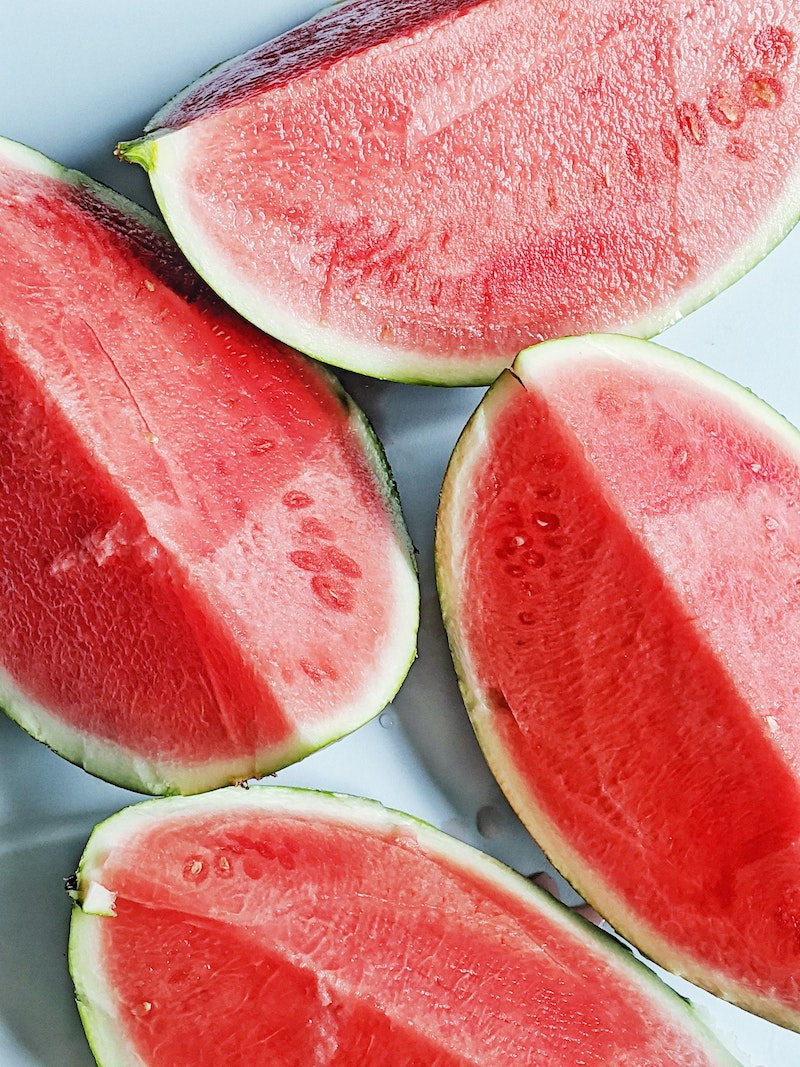
Turn your post-sun routine into a sensory ritual. Pop a hydrating gel-cream or a dedicated mask like Peter Thomas Roth’s Cucumber Gel Mask into the refrigerator for 30 minutes before applying. The extra chill provides immediate relief from that

Looking for a gentle, DIY soothing treatment?
Skip the lemon juice and other harsh kitchen ingredients. Instead, try a simple, cooling mask made from full-fat plain Greek yogurt and a teaspoon of honey. The yogurt’s lactic acid offers micro-exfoliation without irritation, while its probiotics and fats calm the skin. Honey is a natural humectant and anti-inflammatory. Apply a thick layer to clean, damp skin, leave on for 15 minutes, and rinse with cool water.
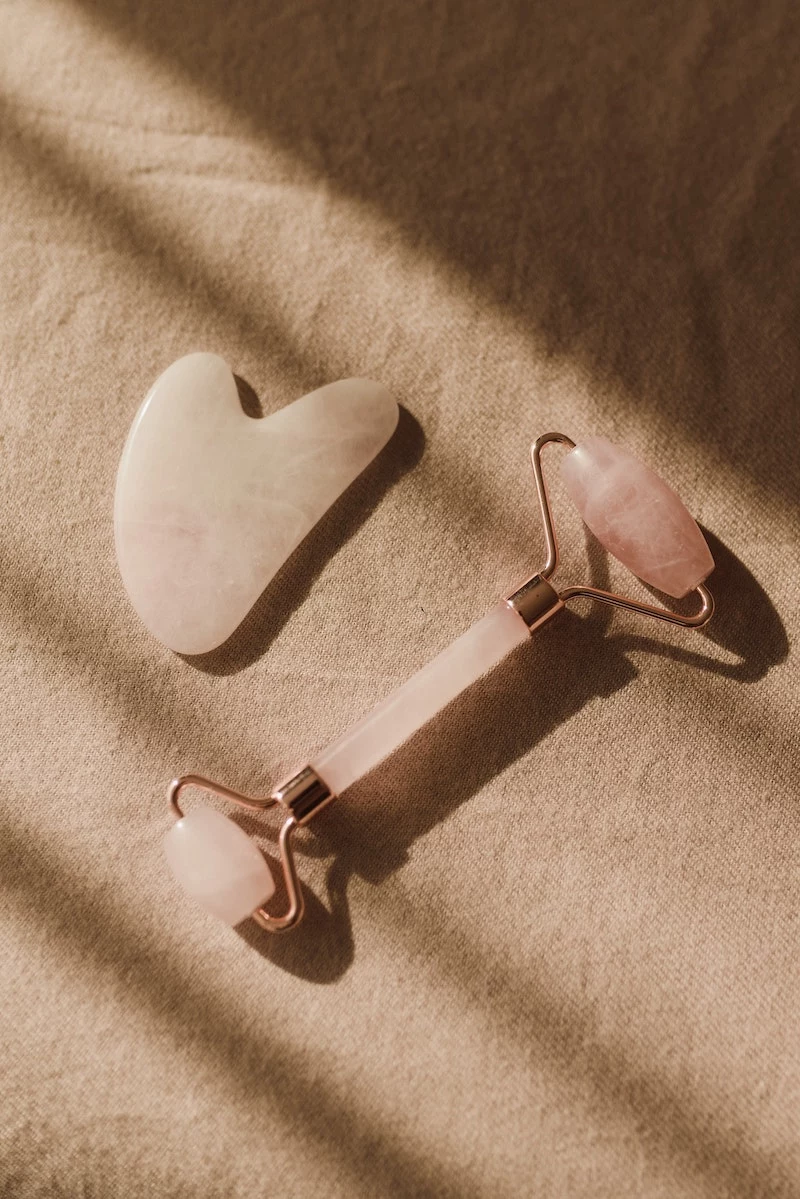
According to the Skin Cancer Foundation, UVA rays, responsible for aging, can penetrate glass—meaning you’re exposed even while driving or sitting by a window.
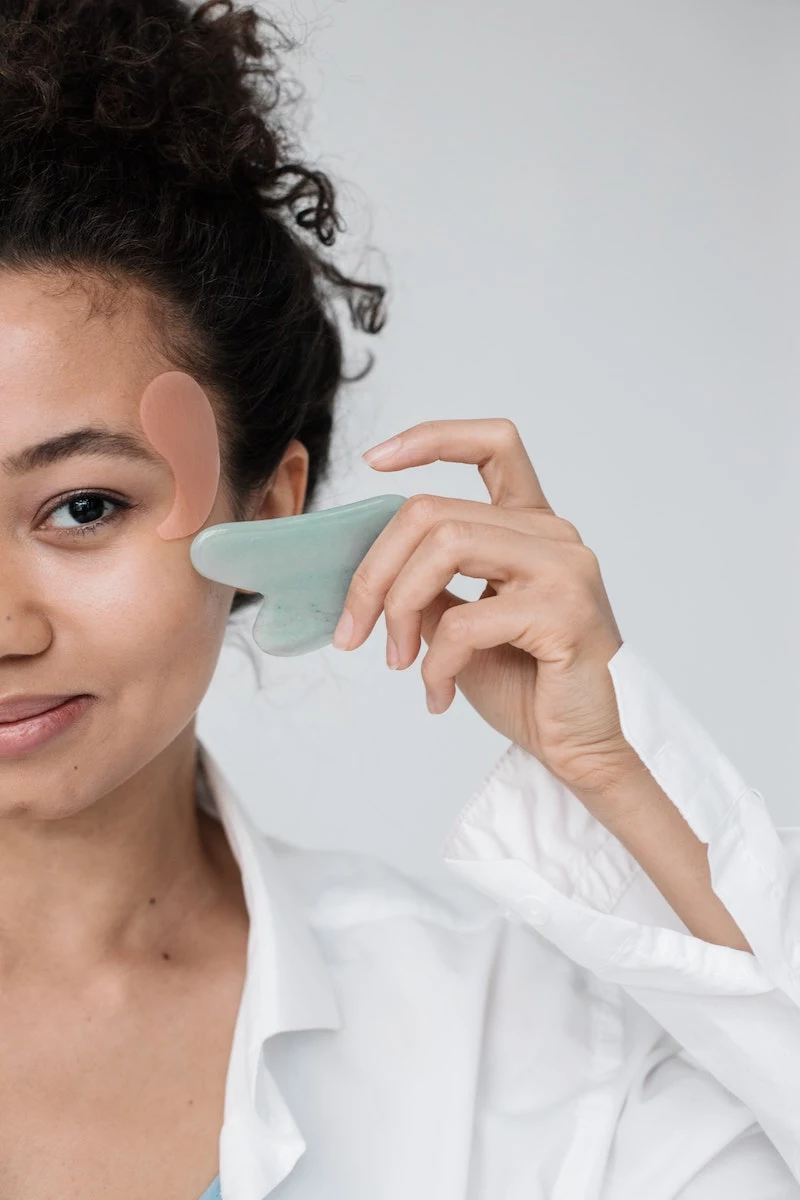
You don’t need to spend a fortune to effectively rescue your skin. One of the most powerful, budget-friendly tools in an esthetician’s arsenal is a high-quality occlusive ointment from the drugstore.
- The Product: Look for CeraVe Healing Ointment or Aquaphor Healing Ointment.
- The Science: These formulas use petrolatum to create a breathable seal over the skin. This dramatically slows down water loss (TEWL) and gives your skin the protected, moist environment it needs to repair itself from within.
- The Method: At night, after applying your lightweight hydrating serums, seal everything in with a thin layer of ointment on the most damaged areas. It’s a simple, non-irritating final step that makes a world of difference.
- Your skin feels comfortable and hydrated, not tight.
- Redness subsides much faster and peeling is minimized.
- You avoid the risk of post-inflammatory marks.
The secret? Avoiding these three common after-sun mistakes: taking scalding hot showers, using physical scrubs or chemical exfoliants too soon, and picking at any peeling skin. Patience and gentle care are your best tools.










